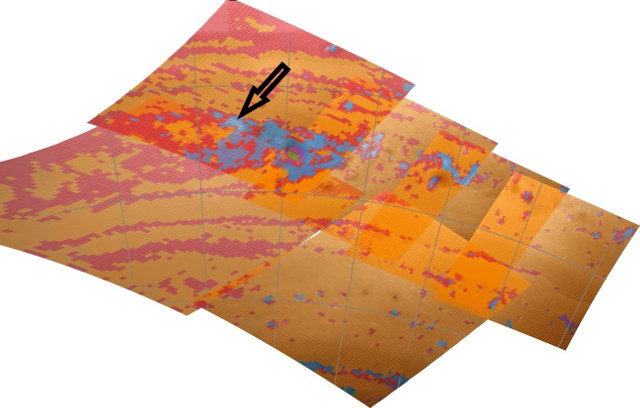
An incredibly fast bonding between graphene and hydrogen
An article published in the journal “Science” reports the discovery of the possibility of generating a transient chemical bond between hydrogen atoms and a graphene sheet. A team of researchers coordinated by the Max Planck Institute (MPI) for Biophysical Chemistry in Göttingen, Germany and the California Institute of Technology (CalTech) in Pasadena, USA, bombarded graphene sheets with hydrogen atoms generating one of the fastest reactions ever studied since it occurs in only 10 femtoseconds in which hydrogen yields most of its energy.




